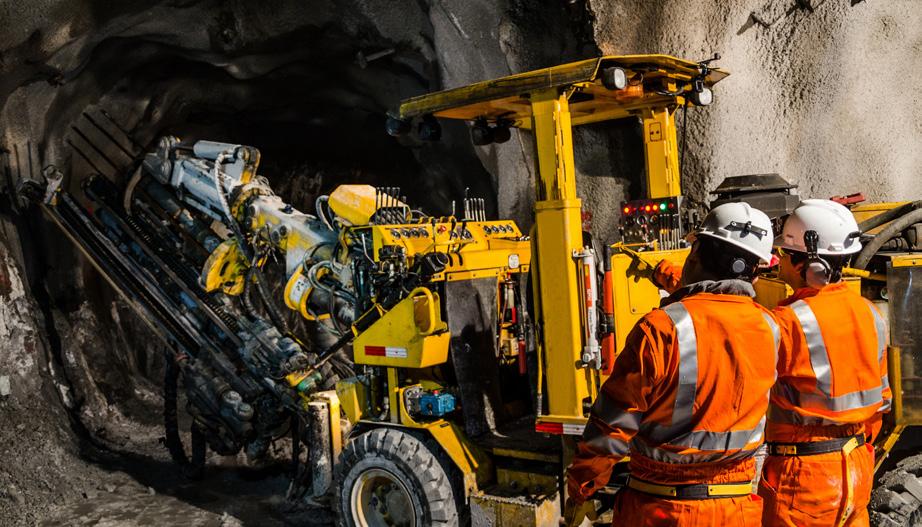

MALAWI CHAMBER OF MINES
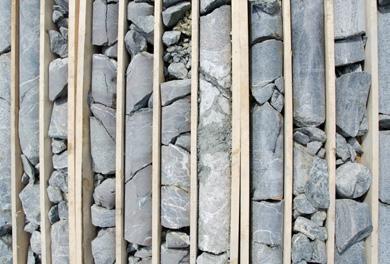
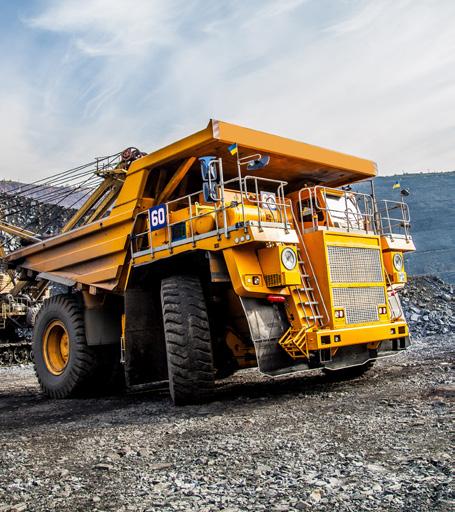

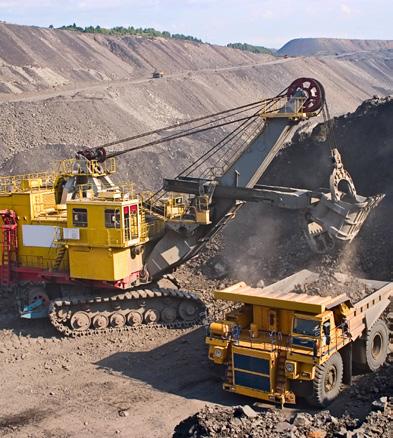

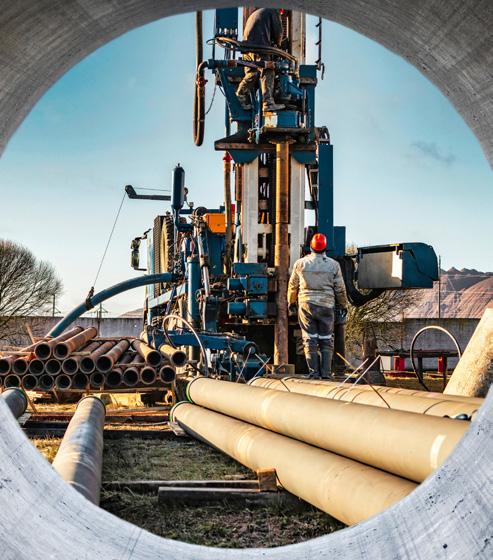

MALAWI MINING SPOTLIGHT
The small landlocked nation of Malawi is gaining widespread recognition as a major African mineral resource contributor, gradually transitioning into a burgeoning force in the continent’s mining sector
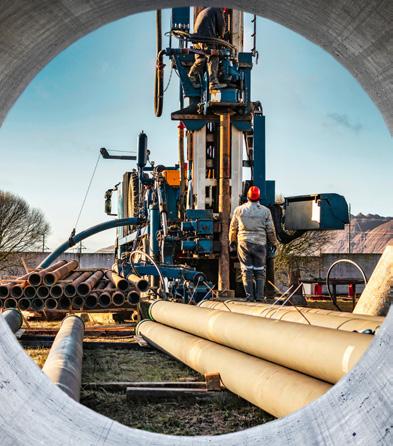

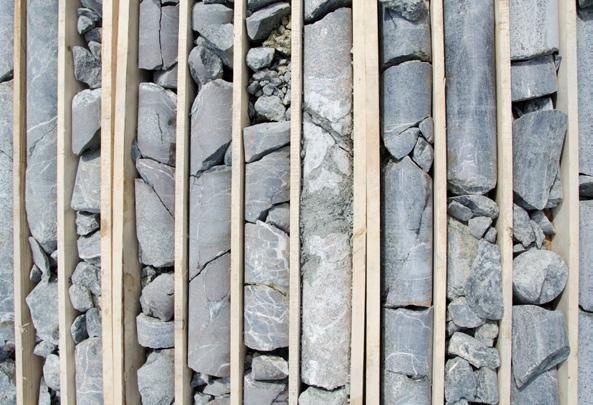
UWriter: Ed Budds | Project Manager: Alfie Wilson
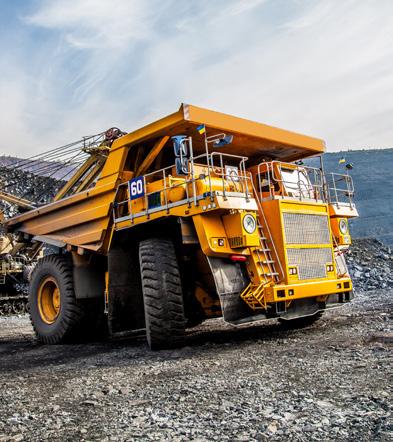

ranium mining has historically been a major contributor in Malawi’s mining sector, contributing to one percent of the element’s global production.
Malawi has also updated its mining laws and policies with the goal of attracting foreign investment and promoting the practice of responsible mining.
The main legislation relating to mining in Malawi includes the Mines and Minerals Act 1981, which enunciates rules of business for the sector, the Petroleum (Exploration and Production) Act 1983, and the Explosives Act 1968.
A National Environmental Action Plan has also been proposed, and it is now mandatory for all Malawian mining projects to prepare an environmental impact assessment plan.
Elsewhere, one of the significant obstacles to the growth of the mining industry in Malawi is the current state of the nation’s infrastructure.
The lack of well-developed transportation networks, power supply, and other essential infrastructure continue
to hinder efficient mining operations and increase operational costs.
Addressing these nationwide challenges is crucial to facilitating mineral transportation and encouraging further investment in the sector.
Undoubtedly, Malawi’s mining sector holds immense potential for contributing to economic growth and providing employment opportunities.
The nation’s diverse array of mineral resources, particularly uranium and gemstones, has attracted great interest from investors, and although there are challenges to address, such as additional regulatory improvements, infrastructure development, and environmental concerns, efforts are underway to promote responsible mining and unlock the sector’s full potential.
Looking ahead, with a focus on sustainable practices and a conducive investment climate, Malawi hopes to harness its mineral wealth for the benefit of its people and overall development.
MALAWI CHAMBER INTERVIEW:

The Malawi Chamber of Mines is a group of companies and individuals operating in the minerals industry for the advancement of sustainable mineral exploitation for the benefit of members, government, and local communities. Grain Malunga, Coordinator, highlights Sovereign Metals’ Kasiya project as one of its significant mining ventures
Mining Outlook (MO): Firstly, what is your current take on Malawi’s mining landscape? What recent challenges or opportunities have you faced?
Grain Malunga, Coordinator (GM): Malawi’s mining industry showed some promise early in 2010 but has grown in fits and starts, with moments of highs and lows.
Now, as the country stands poised to revamp its mining sector, it is crucial to acknowledge the delicate balance between economic promise and environmental and social responsibility.
We hope Kasiya is going to be one of the largest projects Malawi has ever seen and that it will be one of the biggest rutile and graphite producers globally.
This brings a lot of opportunity and responsibility, not just to Sovereign Metals (Sovereign) as a company but also to Malawi as a country.
Mining projects of this scale generally create significant secondary economic development, and if planned appropriately alongside the Malawian government, could have a substantial economic multiplier effect.
Planning and implementation require careful consideration to ensure the well-being of local communities and the environment. Sovereign will not progress hastily if either will be unduly compromised.
OF MINES
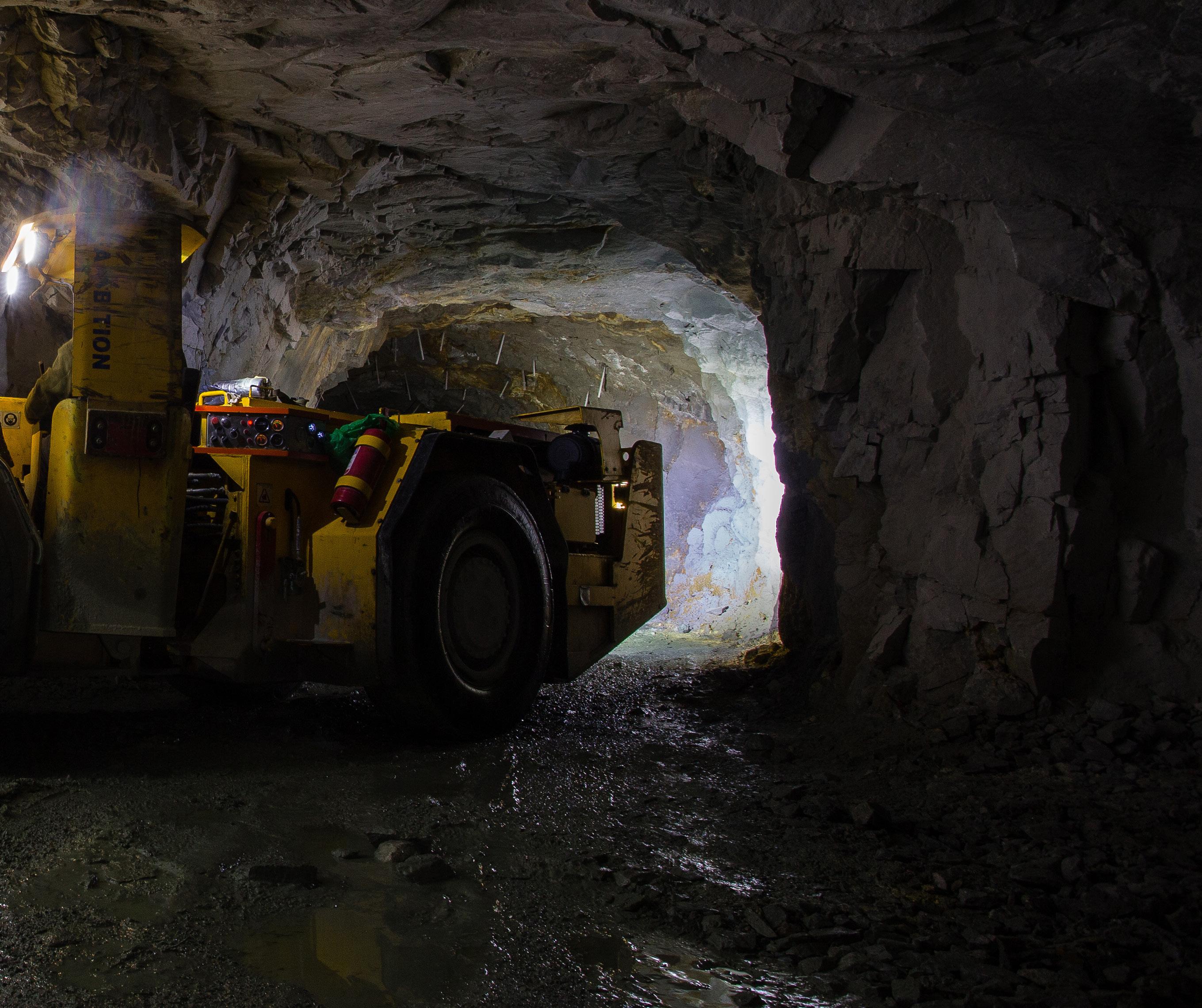
MO: How do you sustainably exploit Malawi’s naturally occurring resources for the benefit of your members, the government, and local communities?
GM: Kasiya has the potential to deliver an enormous positive impact for the country, including skilled and semiskilled jobs, as well as significant royalties and taxation.
Due to the scale and size of the mineral discovery, Kasiya has the potential to deliver these benefits well beyond its initial 25-year life of mine.
However, as with any mining project, environmental and social risks must be assessed and mitigated to ensure host communities benefit and the environment is protected.
Development of the Kasiya project is expected to create hundreds of jobs during the construction phase and over 1,100 permanent jobs during full-scale operations. However, to achieve this, significant infrastructure in power reticulation, rail line connectivity, water storage, and mine
development need to be constructed with an estimated investment close to MWK2 trillion to reach full-scale operations over a seven-year construction and ramp-up period.
One of Sovereign’s key objectives is skills development and training to ensure the majority of these jobs are filled by Malawians, as well as providing the opportunity for local contractors and businesses to participate in tender processes for future infrastructure development.
The project’s success is not solely dependent on its economic benefits. As the project progresses, it is important to maintain transparency and open communication between Sovereign, the government, and local communities.
The company has initiated a comprehensive Environmental and Social Impact Assessment (ESIA), which has already gone through its initial public consultation process with the engagement of well over 10,000 people and institutions.
MORE THAN MINING
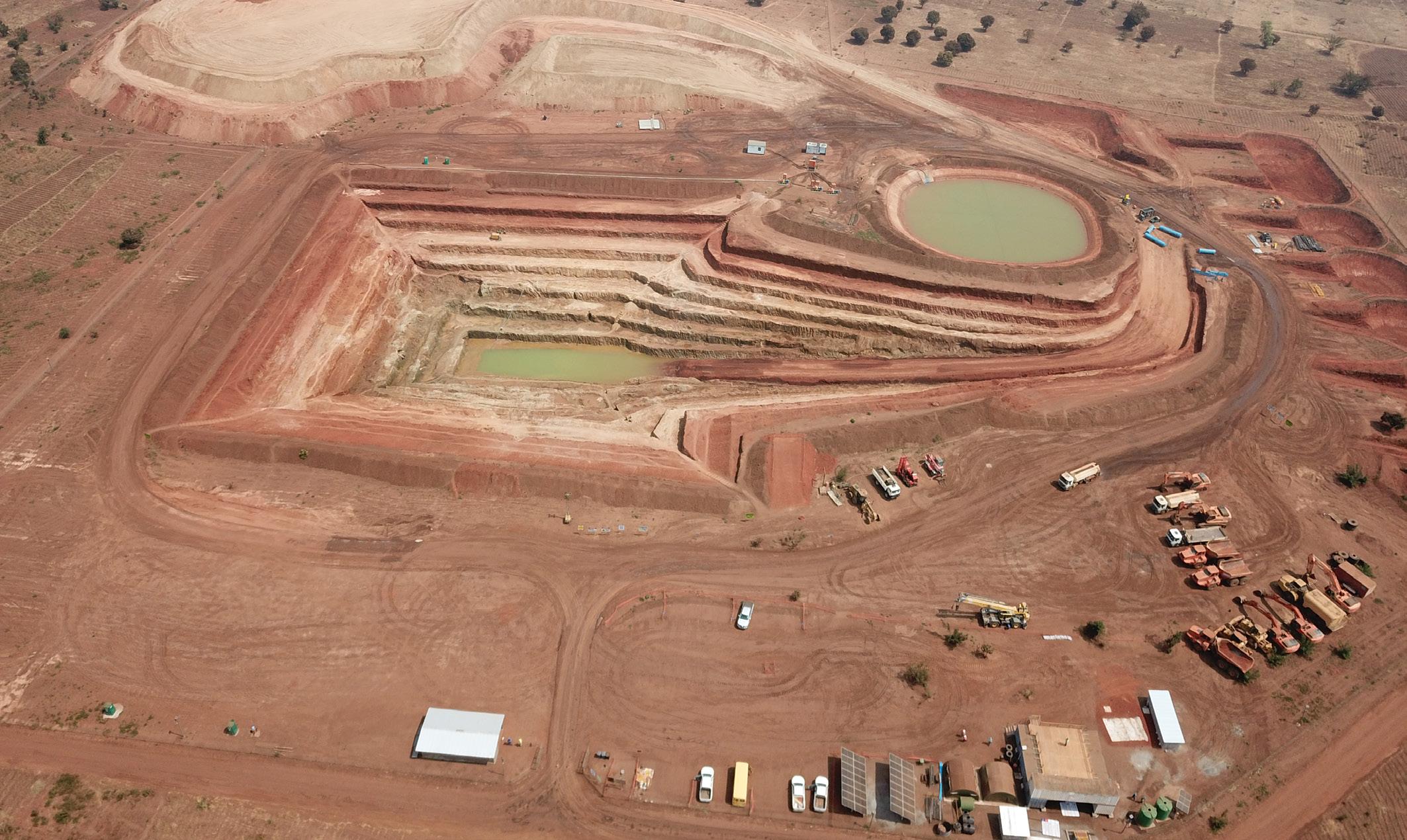
In the long term, the new Kasiya rutile and graphite project being developed by Sovereign Services outside Lilongwe has the potential to transform and contribute significantly to Malawi’s mining sector, generate jobs, pay royalties and taxes, generate economic and secondary economic growth whilst improving rural livelihoods.
Sovereign intends to unlock the world’s largest known natural rutile deposit, containing an estimated 17.9 million tonnes of natural rutile.
Rutile is the purest form of titanium dioxide (TiO2) at 95% TiO2. This makes the Kasiya deposit a significant source of the titanium feedstock used in pigments for paints, plastics, paper and refractory ceramics.
Approximately 10% of the world’s titanium demand is driven by the high-tech aerospace and military defence industries.
For this reason, titanium has been designated by the US, the EU and more recently NATO as a critical and strategic metal.
The strategic importance of the world’s largest known natural rutile deposit and its contribution to Malawi’s Vision 2063, if implemented successfully, should not be taken lightly.
Kasiya is a mega-mining project that will take roughly six years to become a fully operational mine. However, several key elements need to fall into place in the meantime to bring the prospect to reality.
As the project’s timeline and complexities become clearer, managing expectations and avoiding unrealistic optimism is essential.
We are making significant progress towards completing a Definitive Feasibility Study (DFS), finding committed investors, lenders and product off-takers, all supporting an eventual final investment decision to unlock the promise below the ground. And even while this is all progressing, we are working to improve the lives of people within Kasiya and its surroundings.
Inclusive Investment
Located in the Central Region of Malawi, in Lilongwe District, the proposed Kasiya rutile and graphite project being developed by Sovereign has been generating significant excitement and anticipation throughout the country. At the local administrative level the project area is governed by four traditional authorities, covering Khongoni, Kabudula and Kalolo in Lilongwe District, and Kayembe in the Dowa District.
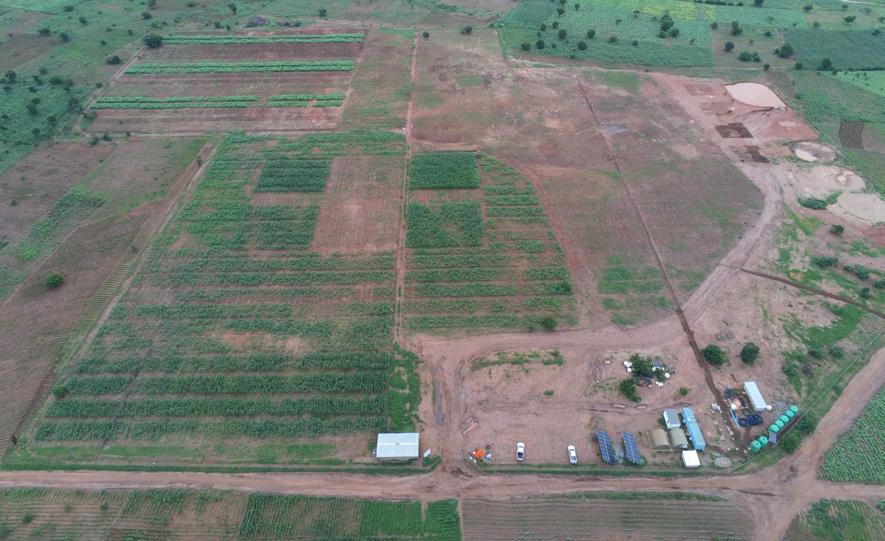
The project has the potential to deliver an enormous positive impact for the country, including skilled and semi-skilled jobs, as well as significant royalties and taxation. Due to the scale and size of the mineral discovery, Kasiya has the potential to deliver these benefits well beyond its initial 25 year life of mine. However, as with any mining project, environmental and social risks must be assessed and mitigated to ensure that the host communities benefit and the environment is protected.
The project is expected to create hundreds of jobs during the construction phase and over 1,100 permanent jobs during full-scale operations. One of Sovereign’s key objectives is skills development and training to ensure the majority of these jobs are filled by Malawians as well as providing the opportunity for local contractors and business to participate in tender processes for future infrastructure development.
Stable and Attractive Policies
The Government of Malawi and Sovereign are committed to expediting the Kasiya project. The project’s success depends on various factors, including regulatory approvals, environmental considerations, community agreements, market demand and a stable and attractive Malawian investment climate. At the moment Sovereign is busy doing all the necessary engineering studies and permitting required to get this project off the ground. We hope it is going to be one of the largest projects Malawi has ever seen and that it will be one of the biggest rutile and graphite producers globally.
This brings a lot of opportunity and responsibility, not just to Sovereign as a company but also to Malawi as a country. Mining projects of this scale generally create significant secondary economic development, and if planned appropriately alongside the Malawian government, could have a substantial economic multiplier effect.
Environmental and Social Governance
The project’s success is not solely dependent on its economic benefits. The company has initiated a comprehensive Environmental and Social Impact Assessment (ESIA), which has already gone through its initial public consultation process with the engagement of well over 10,000 people and institutions. Once completed, the ESIA will provide a detailed evaluation of the project’s potential impacts on the environment and local communities and identify mitigation measures to minimise potential disturbance.
Improving Livelihoods
One of our key focus areas of livelihood restoration is Conservation Farming. Conservation Farming is a climate-resilient farming method which promotes minimal soil disturbance and improved soil nutrients.
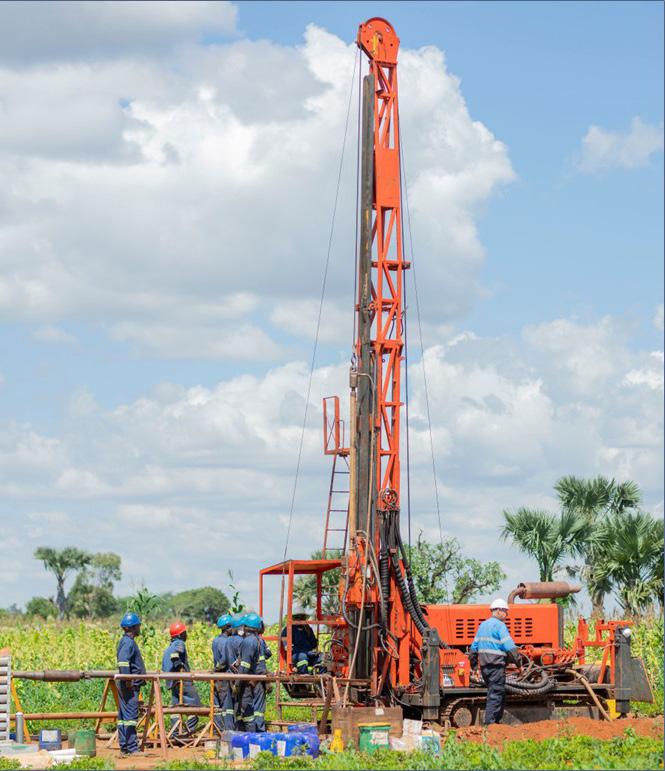
In Lilongwe District where the project is hosted, smallholder subsistence farming accounts for 344,353 hectares of arable land, with estate land holding comprising only 11,692 hectares, representing a mere 3% of the total arable land.
Excessive soil disturbance, soil erosion, climate change, food pressure and population growth are all contributing to a decrease in soil conditions and a negative growth rate in annual land carrying capacity.
After achieving more than 300% yield increases during a 90-farmer pilot phase in 2023/2024, we have now increased the participants to 350 farmers for the current planting season. Initial indications are that farmers will achieve more than 400% yield increases.
This all while soil conditions are being improved through minimal soil disturbance. The objective is to roll this out across the project-affected area, combine the programme with Kasiya’s secondary economic impacts and firmly align with Malawi’s 2063 vision development goals.
Ultimately Sovereign is a mining company, but we want to mine in a responsible way and leverage our infrastructure and develop partnerships to create a smallholder farmer economy and secondary industry.

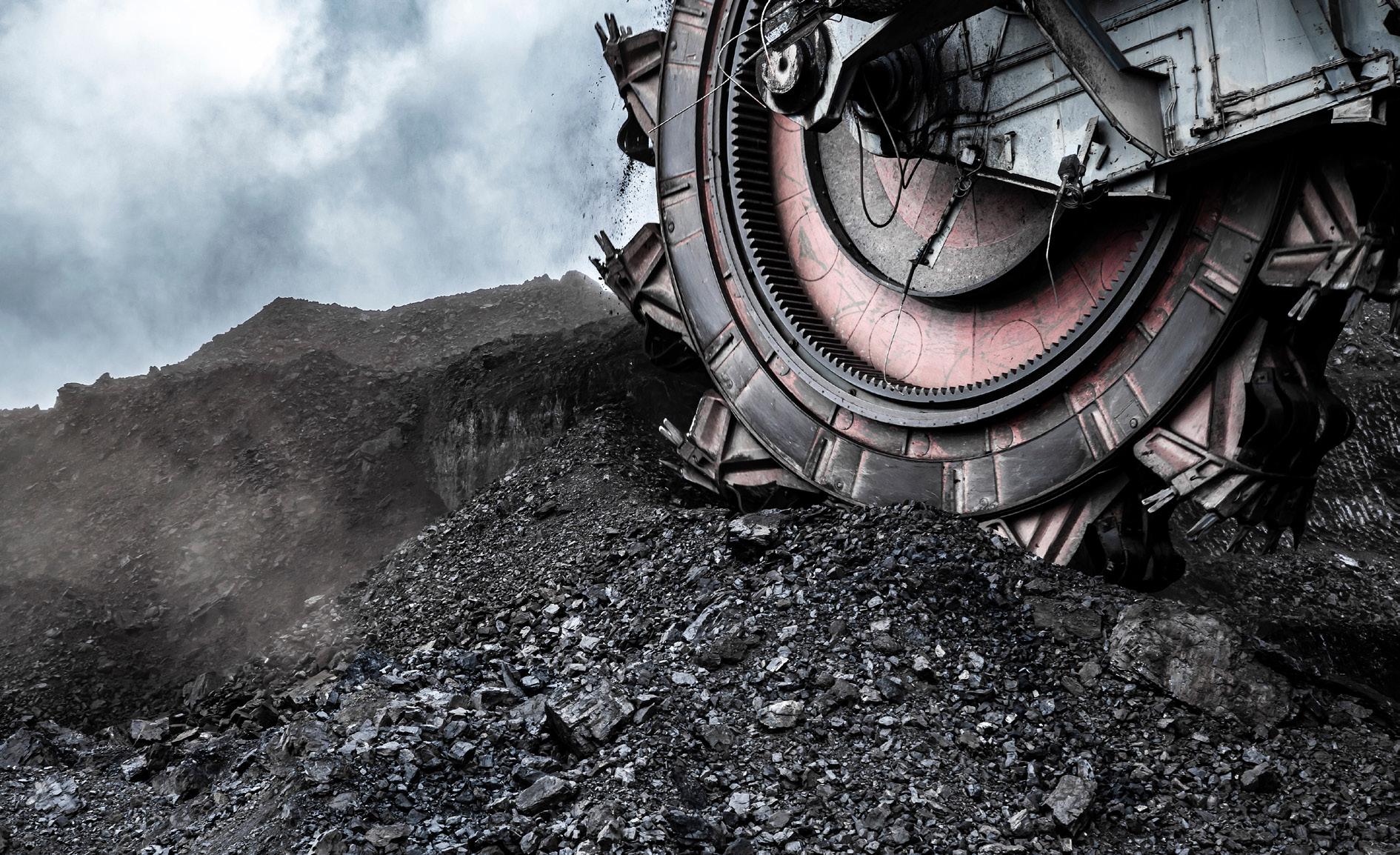
Once completed, the ESIA will provide a detailed evaluation of the project’s potential impacts on the environment and local communities and identify mitigation measures to minimise potential disturbance. This is to help manage expectations, address concerns, and ensure the project’s benefits are shared equitably.
The procedure is a critical component of our project development process. It will enable us to identify potential risks and opportunities and develop strategies to mitigate negative impacts and maximise benefits.
The process involves extensive stakeholder engagement, including consultations with local communities, government agencies, and other interested parties. This is to ensure that the project is developed in a transparent and inclusive manner and that the concerns and interests of all stakeholders are considered.
MO: Finally, how do you see Malawi’s mining landscape developing over the next five years, and how do you plan action the chamber’s key priorities going forwards?
GM: Sovereign is highly supportive of efforts to expand the industrial base and capacity within the country, which will be a strong driver of employment creation and economic growth.
“WE HOPE KASIYA IS GOING TO BE ONE OF THE LARGEST PROJECTS MALAWI HAS EVER SEEN AND THAT IT WILL BE ONE OF THE BIGGEST RUTILE AND GRAPHITE PRODUCERS GLOBALLY”
– GRAIN MALUNGA, COORDINATOR, MALAWI CHAMBER OF MINES
The secondary economic activity brought about by a large-scale project such as Kasiya, where energy, infrastructure, local content, skills transfer, and micro, small, and medium-sized enterprises (MSMEs) are prioritised will be the first step towards such long-term development goals.
Over and above mineral deposits, key elements of downstream beneficiation include a highly skilled workforce, surplus low-cost energy, economies of scale, industrial capacity, attractive fiscal investment incentives, and large competitive markets.
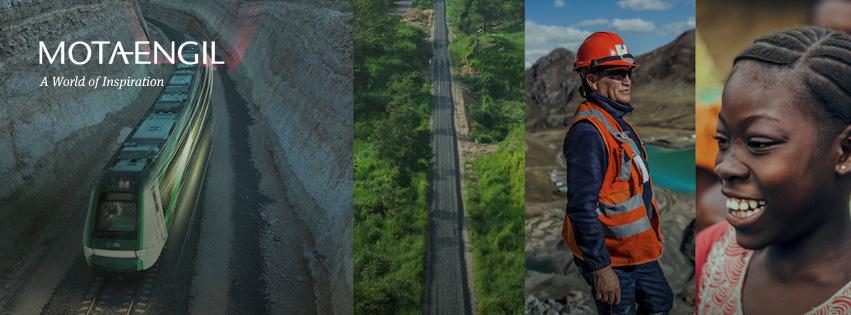
Building with purpose
Mota-Engil Africa has a strategic perspective in the long term and a broad horizon of action while it endeavours to establish ever closer partnerships in infrastructure projects in areas as varied as Transport and Logistics, Energy, Oil & Gas, Mining and the Environment.
By expanding into new markets of the SADC (Southern African Development Community) space, Mota-Engil Africa holds the technical and financial capacity to develop projects tailored to its customers’ needs, bringing the African continent into line with its potentialities.
To this end, and seeking to contribute to raising environmental quality standards across the African continent, Mota-Engil has strengthened its investment in waste management, and currently runs important operations in Angola (Vista Waste), Mozambique (Ecolife) and Côte d’Ivoire (Eco Eburnie and Clean Eburnie).

MALAWI CHAMBER OF MINES’ MISSION AND CORE VALUES
MISSION
To effectively promote exploration and mining in Malawi for the benefit of all stakeholders using sound business principles backed by integrity and transparency.
CORE VALUES
• Regulatory compliance.
• Social and environmental accountability.
• Integrity and transparency.
These require long-term planning and industrial partnerships that will be necessary to better balance Malawi’s economy between agriculture and industry.
Over 90 percent of Malawi’s population live in rural areas relying on subsistence agriculture. National surveys estimate that crop production accounts for 74 percent of all rural incomes.
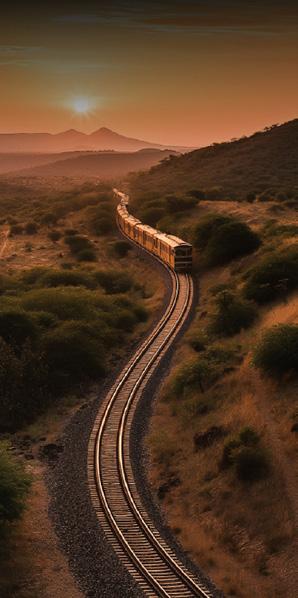
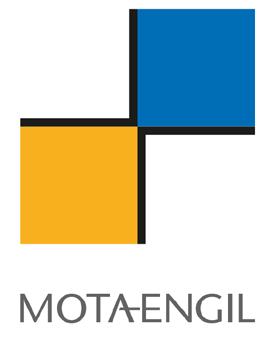
geral@mota-engil.pt
WWW.MOTA-ENGIL.COM
The agricultural sector is the most important sector in the Malawian economy, accounting for about 39 percent of GDP, employing 85 percent of the labour force, and generating about 83 percent of foreign exchange earnings.
We are committed to working with local communities, the government, and other stakeholders to ensure that our project benefits as many Malawians as possible so we can take some of the first steps towards these long-term development goals.
From a social investment perspective, we are doing a lot early on – much earlier than you would normally expect from a mining project at this stage of its development. We are about implementation and action.
